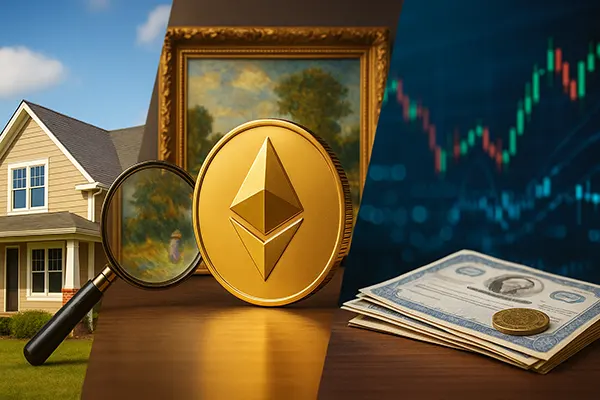
Tokenisation of Real-World Assets: Land, Art, and Shares — Opportunities and Risks
Tokenisation has become one of the most influential trends in the financial and technological landscape of 2025. By converting real-world assets such as property, works of art, or company shares into digital tokens on the blockchain, investors and institutions can access new levels of liquidity, transparency, and security. Yet, alongside these advantages, tokenisation carries notable risks that require careful regulation, technical safeguards, and investor awareness.
Tokenisation of Land and Property
Property markets around the world have long faced issues of limited accessibility, high entry costs, and complex ownership structures. Tokenisation provides a potential solution by dividing real estate into digital shares that can be traded with ease. For instance, projects in Europe and Asia now allow investors to buy fractions of residential and commercial properties without the need for full ownership, making property investment more democratic.
One of the most significant benefits is increased liquidity. Traditionally, selling land or buildings can take months, while tokenised assets can be traded almost instantly on regulated marketplaces. This development enhances portfolio flexibility and allows smaller investors to diversify into property without heavy capital requirements.
However, tokenised land remains subject to regulatory uncertainty. Property law differs significantly across countries, and questions about ownership rights, taxation, and investor protection are still unresolved in many jurisdictions. Governments are gradually adapting legislation, but inconsistency poses a challenge to the global adoption of real estate tokenisation.
Challenges and Risks in Real Estate Tokenisation
Despite its promise, tokenising land is not free from risk. The technology relies heavily on secure smart contracts, and any flaws in coding could lead to disputes over ownership or access. Cybersecurity threats, including hacking of tokenised asset platforms, remain an ongoing concern in 2025. Another major risk is market volatility, as secondary trading of property tokens may not always reflect the real market value of the underlying assets.
Investors must also consider the lack of standardisation in legal frameworks. While the EU has introduced the Markets in Crypto-Assets Regulation (MiCA), its scope is still being tested in practice. In contrast, other regions operate without clear guidelines, leaving participants vulnerable to fraud or unclear ownership rights.
Finally, tokenisation could unintentionally increase speculative behaviour in traditionally stable property markets. If speculative demand dominates, the token market may decouple from real estate fundamentals, creating potential bubbles that could harm both investors and property markets at large.
Art Tokenisation and the Cultural Market
The art industry has historically been reserved for wealthy collectors and institutions. Tokenisation is changing this by enabling shared ownership of valuable paintings, sculptures, and other cultural artefacts. By 2025, several blockchain-based marketplaces allow investors to buy fractional shares in works by globally recognised artists, making the art world more accessible than ever before.
For artists, tokenisation provides a new channel of income. Smart contracts can be designed to grant royalties every time a tokenised artwork is resold, ensuring long-term benefits for creators. At the same time, galleries and museums use tokenisation to attract a broader audience of supporters and micro-investors who may not have been able to participate previously.
Transparency is another major advantage. Authenticity and provenance are critical in the art industry, and blockchain technology allows ownership and transaction history to be recorded in immutable ledgers. This significantly reduces the risk of forgery and fraudulent sales, which remain common issues in the traditional art market.
Risks of Art Tokenisation
While promising, art tokenisation faces several risks. The valuation of art remains subjective and influenced by taste, reputation, and market dynamics rather than measurable financial metrics. As such, token holders may face significant fluctuations in value without clear financial benchmarks. Additionally, questions of custody — where and how the physical artwork is stored — play a central role in protecting investors’ interests.
Legal frameworks in 2025 are still evolving. For example, while some jurisdictions have begun recognising tokenised art as a financial instrument, others treat it as a simple digital asset with limited legal protections. This fragmentation creates uncertainty for international investors and complicates secondary market trading.
There is also the cultural debate about whether art should be treated purely as an investment vehicle. Critics argue that tokenisation risks commodifying cultural heritage and reducing artworks to speculative assets, potentially undermining their intrinsic value and cultural significance.
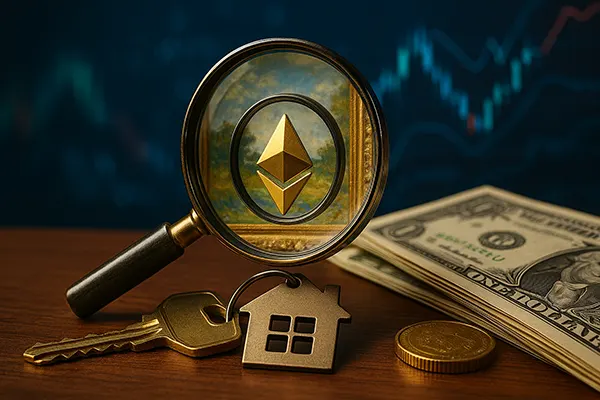
Tokenisation of Shares and Securities
The financial industry has embraced tokenisation as a way to modernise capital markets. Shares, bonds, and other securities are increasingly represented as digital tokens on regulated blockchains. This development promises to lower transaction costs, reduce settlement times, and make capital raising more efficient for companies worldwide.
By 2025, several major stock exchanges have piloted or fully launched tokenised securities trading systems. For instance, the Swiss SIX Digital Exchange and Germany’s Deutsche Börse have rolled out platforms enabling tokenised bonds and shares to be traded under existing financial regulation. These initiatives demonstrate growing institutional trust in blockchain-based markets.
Another major advantage lies in accessibility. Fractional ownership of shares allows retail investors to access blue-chip companies and diversified portfolios with much smaller amounts of capital. This inclusivity strengthens participation in global markets and fosters broader wealth distribution opportunities.
Risks of Tokenised Securities
Despite rapid adoption, tokenised securities face regulatory and operational risks. Compliance with anti-money laundering (AML) and know-your-customer (KYC) requirements remains complex, particularly when cross-border investors are involved. Regulators continue to debate how to balance innovation with investor protection in this rapidly developing space.
Cybersecurity threats are another area of concern. Although blockchain technology itself is secure, exchanges and custodial services can be targeted by hackers. The collapse of poorly managed exchanges in previous years highlights the importance of strong security measures, including insurance and institutional-grade custody.
Finally, tokenised securities are vulnerable to technological dependencies. If a blockchain or smart contract system faces technical failure, the functioning of the entire market could be compromised. Ensuring robust infrastructure and regulatory oversight remains essential to building trust in tokenised financial markets.
Similar articles
-
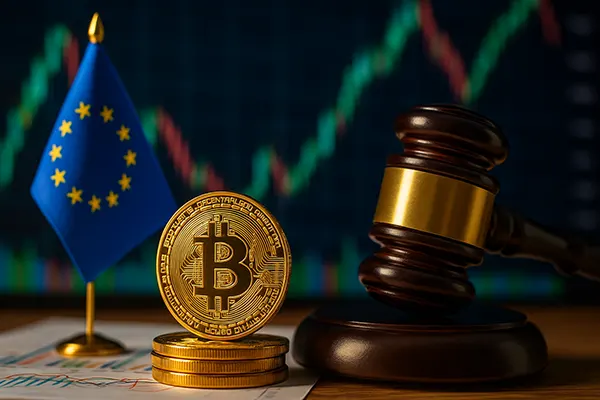 How to Prepare a Cryptocurrency Portfolio for P...
How to Prepare a Cryptocurrency Portfolio for P...The European Union is entering a decisive phase in the …
-
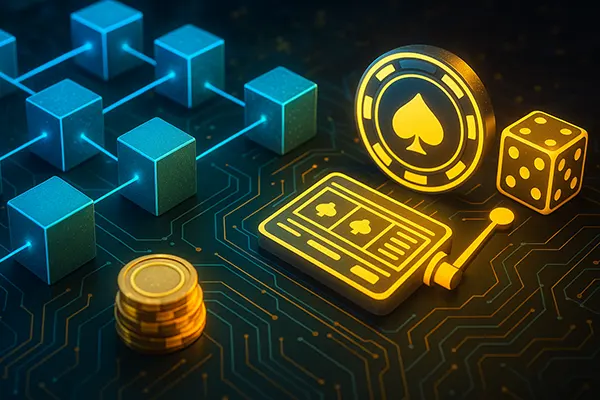 How Modular Blockchains Are Reshaping Crypto-Ca...
How Modular Blockchains Are Reshaping Crypto-Ca...Modular blockchain architecture is redefining how crypto-casinos operate in 2025. …
-
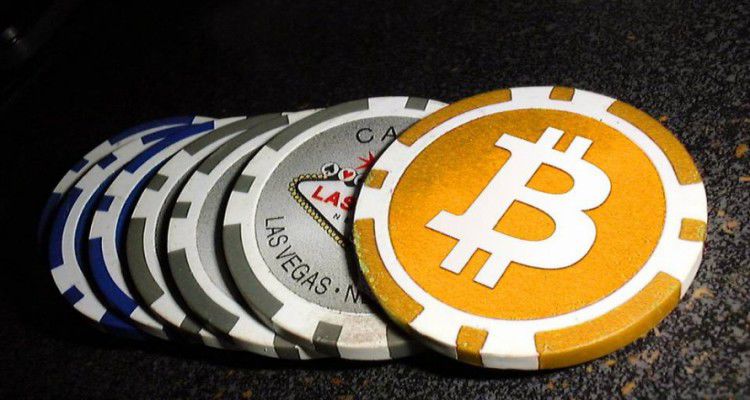 How does cryptocurrency affect the development ...
How does cryptocurrency affect the development ...How does cryptocurrency affect the development of online casinos? There …
-
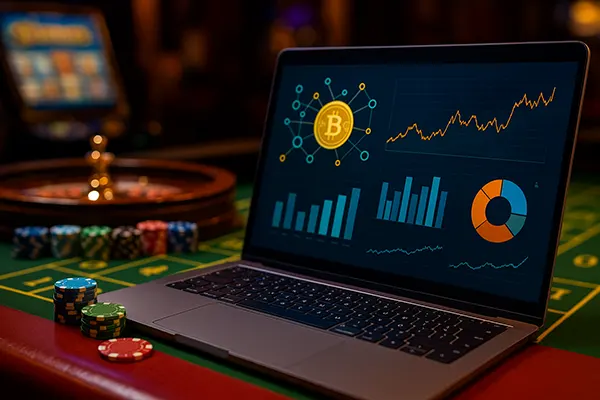 Blockchain Gaming Analytics: How Developers Use...
Blockchain Gaming Analytics: How Developers Use...In 2025, blockchain technology continues to reshape the online gambling …
